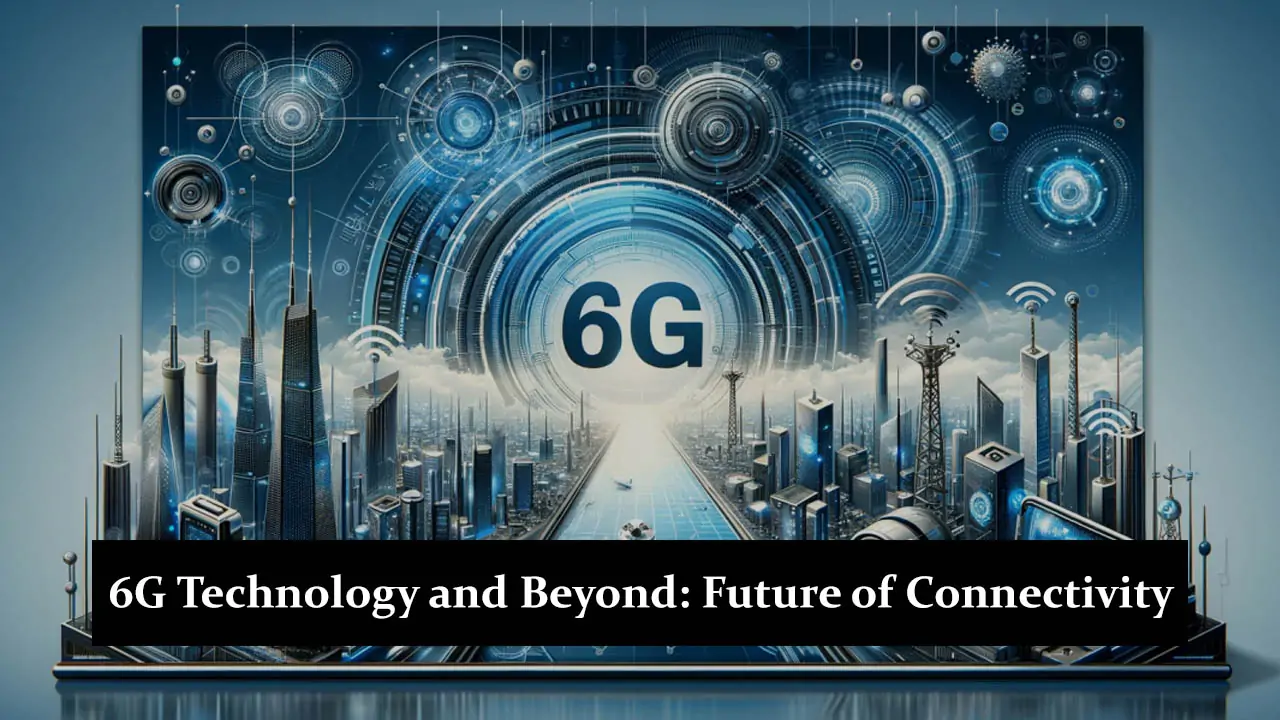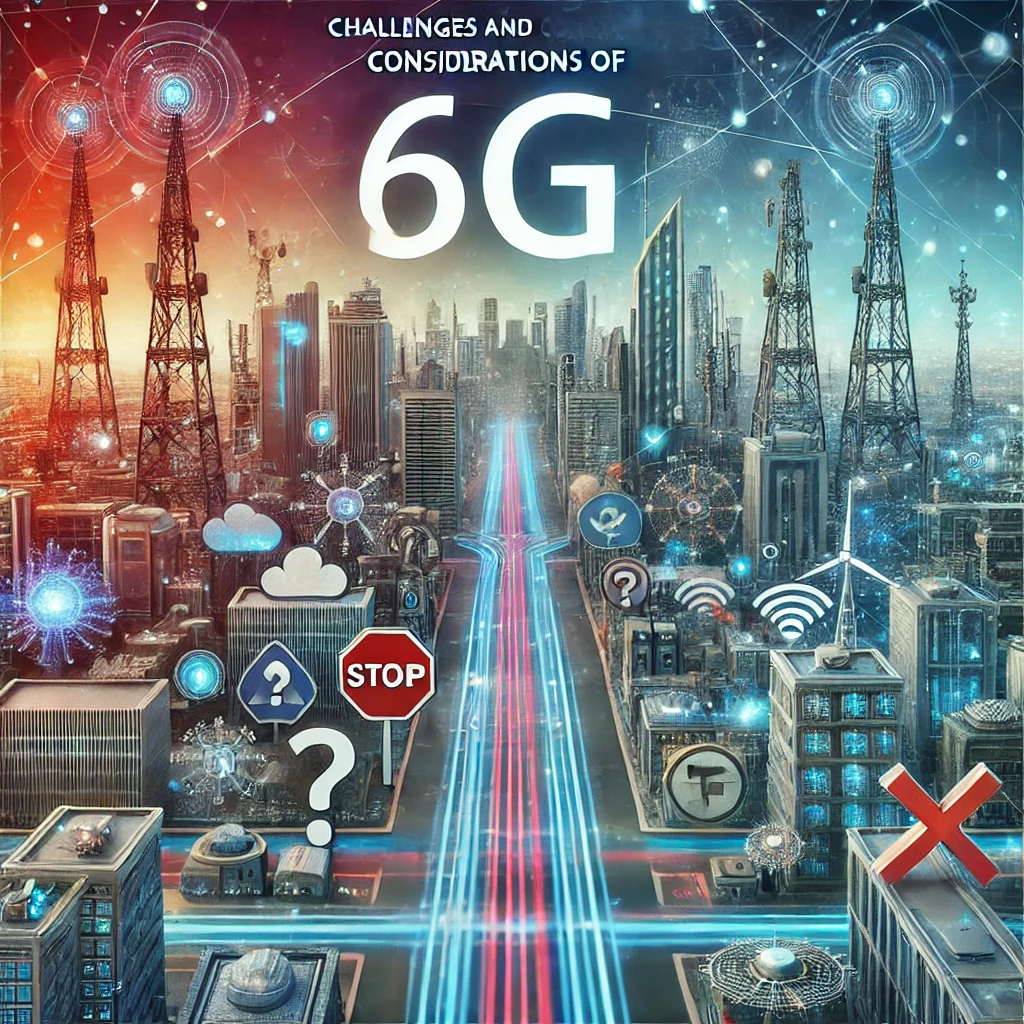As technology continues to evolve rapidly, the potential of 6G and beyond is capturing the attention of tech enthusiasts and industry leaders alike. From the early days of 1G to the widespread adoption of 5G, each generation of mobile networks has brought significant advancements. But what lies ahead in the world of wireless communication? This blog explores the exciting possibilities of 6G and beyond, shedding light on the future of connectivity.
Understanding 6G Technology
6G, or the sixth generation of mobile networks, promises to revolutionize connectivity with speeds and capabilities far beyond what 5G offers. While 5G is still being rolled out globally, researchers and engineers are already working on developing 6G technology. The key differences between 5G and 6G include faster data transfer rates, lower latency, and enhanced integration with emerging technologies like artificial intelligence (AI) and the Internet of Things (IoT).
Development Timeline
Currently, 6G is in the research and development phase, with major tech companies and universities investing in its potential. The first commercial deployment of 6G could occur by the early 2030s, although prototypes and pilot projects may emerge sooner.
Key Features and Innovations of 6G
Ultra-High-Speed Connectivity
One of the most anticipated features of 6G is its ultra-high-speed connectivity. Theoretical speeds of 6G could reach up to 100 times faster than 5G, enabling instantaneous data transfer and supporting advanced applications that require massive bandwidth.
Low Latency
6G aims to achieve extremely low latency, the delay before data transfer begins. This will be crucial for real-time applications such as remote surgery, autonomous driving, and interactive augmented reality (AR) and virtual reality (VR) experiences.
Enhanced Connectivity
Integrating AI and IoT with 6G will pave the way for smarter and more connected environments. From smart homes and cities to advanced industrial automation, 6G will enable seamless communication between devices, enhancing efficiency and user experiences.
Sustainability and Energy Efficiency
6G technology is also expected to focus on sustainability and energy efficiency. Innovations in energy consumption will make 6G networks more environmentally friendly, reducing their carbon footprint and supporting global sustainability goals.
Potential Applications of 6G
Smart Cities
6G will be pivotal in developing smart cities, enabling more advanced infrastructures that efficiently manage resources, traffic, and public services. Enhanced connectivity will improve urban living standards and foster sustainable city planning.
Healthcare
The healthcare industry will benefit significantly from 6G technology. Innovations in telemedicine, remote surgery, and patient monitoring will become more feasible and reliable, ensuring better healthcare access and outcomes.
Augmented and Virtual Reality
The capabilities of 6G will transform AR and VR experiences. From immersive gaming and interactive education to remote work and virtual tourism, 6G will take these technologies to new heights, offering unprecedented realism and interactivity.
Autonomous Vehicles
6G will be instrumental in the advancement of autonomous vehicles. With ultra-low latency and high-speed connectivity, self-driving cars and drones will operate more safely and efficiently, reducing accidents and improving transportation systems.
Challenges and Considerations
Technical Challenges
Despite its promising potential, 6G technology faces several technical challenges. Building the necessary infrastructure, developing compatible devices, and ensuring robust network performance are significant hurdles that must be overcome.
Regulatory and Security Issues
Regulatory barriers and security concerns will also need to be addressed. Ensuring data privacy, preventing cyber-attacks, and establishing global standards for 6G technology will be critical for its successful deployment.
Economic Impact
The cost of deploying 6G networks and devices will have substantial economic implications. While the long-term benefits are expected to outweigh the initial costs, industries and governments must carefully plan for this transition to ensure a smooth and equitable rollout.
The Road to 6G: Research and Development
Imagine a world where your internet is not just fast but incredibly fast, where everything is connected seamlessly, and technology becomes an invisible helper in our daily lives. That’s the promise of 6G, and right now, some of the world’s biggest tech companies and smartest researchers are working hard to make it a reality. Let’s take a look at who they are and what they’re doing.
Key Players in the Development of 6G
Some of the most famous tech companies like Samsung, Nokia, and Huawei are leading the charge in developing 6G technology. These companies are investing millions of dollars into research and development to ensure they stay ahead in the tech race. But it’s not just companies; major universities like MIT (Massachusetts Institute of Technology) and Stanford are also playing a big role. These universities are home to some of the brightest minds who are exploring the possibilities of what 6G can do.
Ongoing Research Projects and Initiatives
There are several exciting projects and initiatives happening around the world to push 6G forward:
- EU’s Hexa-X Project: This is a major European Union initiative focused on researching and developing 6G technologies. The goal is to create new ways for people and devices to connect and communicate more efficiently.
- China’s 6G Satellite Launch: China is making big strides in 6G development by launching satellites that will help test and develop new 6G technologies. This will help them understand how to provide high-speed internet from space.
- South Korea’s 6G R&D Investments: South Korea, known for its advanced technology, is investing heavily in 6G research and development. They aim to be one of the first countries to roll out 6G networks.
Collaborative Efforts and International Cooperation
Developing 6G is not something that can be done by one country or company alone. It requires cooperation and collaboration on a global scale. Organizations like the International Telecommunication Union (ITU) and the 3rd Generation Partnership Project (3GPP) are working to create international standards for 6G. This means they are setting the rules and guidelines to ensure that 6G works seamlessly worldwide, no matter where you are or what device you are using.
Beyond 6G – What’s Next?
The Future of Wireless Communication
Looking beyond 6G, the future of wireless communication holds even more exciting possibilities. Speculative technologies, such as 7G and beyond, could bring further advancements in speed, connectivity, and integration with other emerging technologies.
Research and Development
Research and development will continue to push the boundaries of what is possible. Collaboration between academia, industry, and governments will be crucial in driving innovation and ensuring that future generations of mobile networks meet society’s needs.
Long-Term Vision
The long-term vision for wireless communication includes a hyperconnected world where devices, systems, and humans interact seamlessly. This vision will drive technological advancements, improve quality of life, and foster global connectivity.
Conclusion
The potential of 6G and Beyond promises to transform how we live, work, and interact with the world around us. With ultra-high-speed connectivity, low latency, enhanced integration with AI and IoT, and a focus on sustainability, 6G will bring unprecedented advancements in various fields. As we look to the future, staying informed about these technological developments and their implications will be essential. The journey to 6G and beyond is just beginning, and the possibilities are truly limitless.









